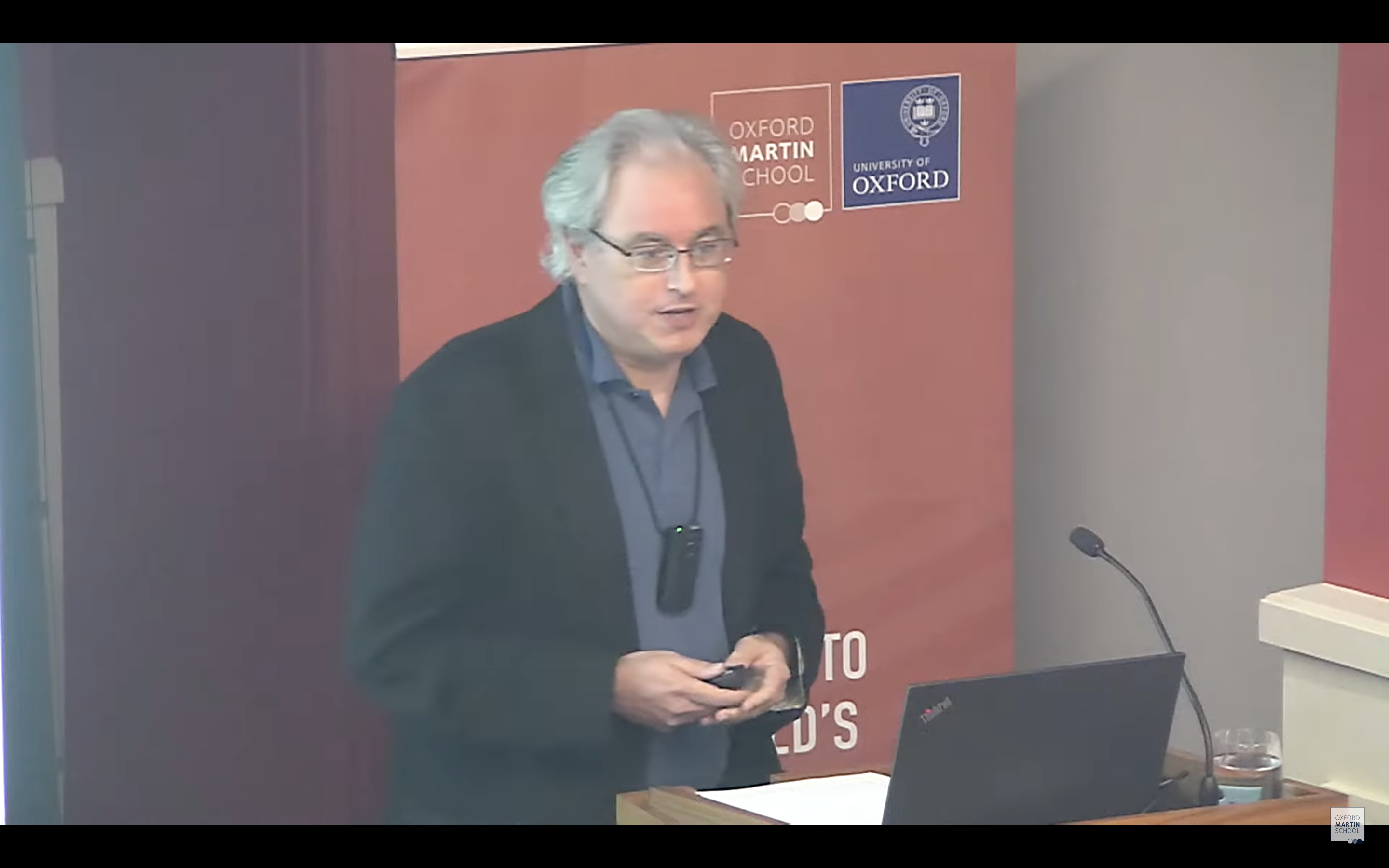Dubai has many unique features—it is a city state arising improbably out of the desert, boasting some extraordinary buildings, including a hotel shaped like an Arabian dhow and a 12 million sq ft shopping mall, with a fountain four times the size of the one at the Bellagio in Las Vegas. But despite this uniqueness, its labor market policies may well serve as a model for other countries. Dubai has actively sought talent from all corners of the world—its population of 1.7 million has four times as many foreigners as locals. These guest workers staff hotels, drive cabs, build skyscrapers, and run hair salons, among other things. It is hard to find a country that is not represented in Dubai. Dubai's government grants them temporary work permits—usually for three years—with the possibility of renewal. Over the course of my two week stay in the Emirates, I talked with several guest workers to find that they shared a strong desire to improve the lives of family members back home. Most incredible was the story of one man who had come to Dubai from Pakistan 40 years ago… by foot. He had walked from Pakistan to Iran and then made his way to the Emirates where he has lived and worked for four decades, going home to see his family every couple of years. Many others talked of children left behind, to be raised by grandparents or other relatives, while their mothers or fathers earned enough money to send back home for schooling, healthcare and food. One woman made sandwiches for 12 hours a day starting at 4 am, then cleaned houses in the evenings, to support her family back home in the Philippines. Dubai’s guest workers collectively sent home $10 billion in 2009, making the UAE the third largest remittance sending country worldwide and powering the way for a better life for the next generation in India, Pakistan, the Philippines, Jordan, and just about everywhere else. Readers of this blog are likely familiar with the work of my colleague Michael Clemens, who has written both forcefully and eloquently of the gains to immigration for the world's poorest people. Of course, Dubai’s labor policies are not without fault—its low-skilled workers live in appalling conditions in labor camps outside the city. Some workers are unable to return home after the construction sector collapse. But the government has promised to do more for these workers, which Dubai continues to attract in the thousands, despite the overall economic slowdown.Conservative writers sometimes praise Dubai for its lack of income taxes; it is hard to justify this approach given Dubai’s economic slowdown and its high levels of debt. Instead, in this year of immigration reform, both liberals and conservatives should take a close look at Dubai’s decades-long experiment of attracting a talented, multinational labor force; one which has transformed the country within two decades from a sleepy desert hamlet with one road into a vast metropolis teeming with life and commercial activity.
CGD blog posts reflect the views of the authors, drawing on prior research and experience in their areas of expertise.
CGD is a nonpartisan, independent organization and does not take institutional positions.





